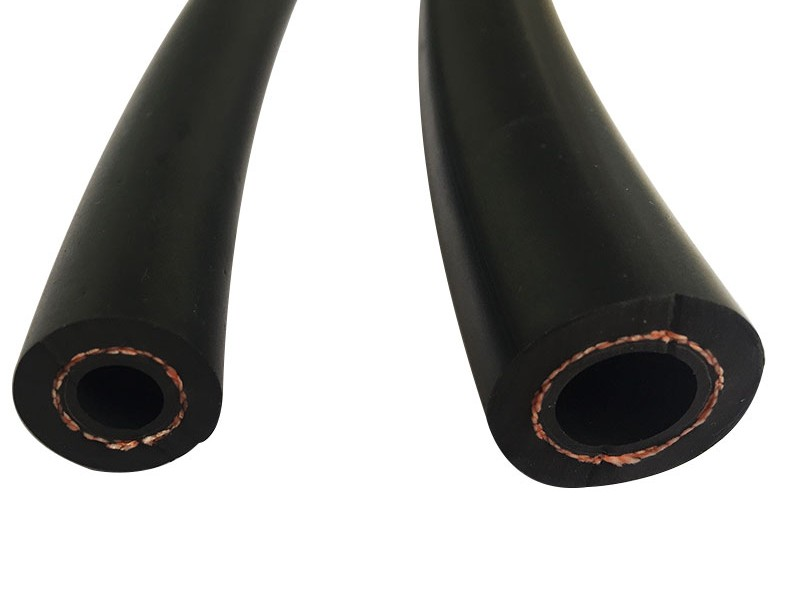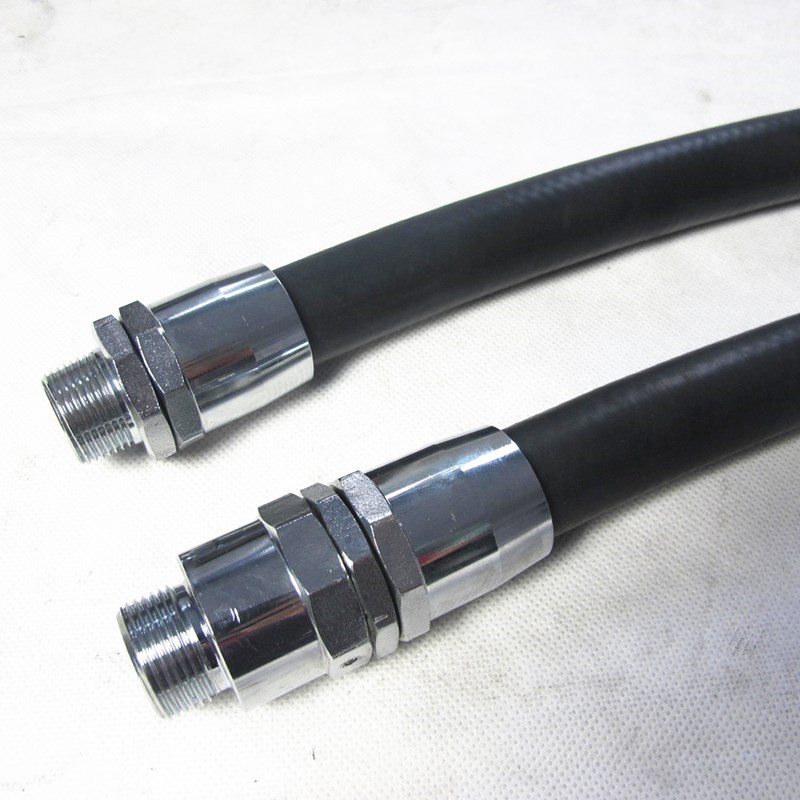1 月 . 07, 2025 10:12 Back to list
High Pressure Hose Durable and Reliable Solutions
In the ever-evolving world of equipment and machinery, high-pressure hoses play an integral role across numerous industries. Whether utilized in an industrial setting for hydraulics, in automotive applications, or in everyday household activities, high-pressure hoses are indispensable tools designed to deliver performance, efficiency, and safety.

Having extensive experience in the field, I've witnessed firsthand the critical nature of selecting the right high-pressure hose for specific applications. It’s not merely about the initial purchase but ensuring longevity and reliability under demanding conditions. For those new to high-pressure hoses, understanding their anatomy, materials, and pressure ratings is paramount.
The construction of a high-pressure hose typically comprises multiple layers designed to withstand high-pressure environments. The primary layer is the tube, engineered to handle the fluid types involved, be it oil, water, or air. The reinforcement layer, often made of high-tensile steel or fiber, delivers the robustness required to endure operating pressure without compromising flexibility. The outer cover is designed to protect against external factors like abrasion, weather, and chemicals.

A high-quality high-pressure hose ensures operational efficiency in hydraulic systems, minimizing downtime and maximizing productivity. For instance, in the automotive industry, hydraulic hoses are crucial in power steering and brake systems, where failure can lead to catastrophic safety hazards. Selecting a hose with the correct pressure rating and chemical compatibility is critical.
high pressure hose
Manufacturers and suppliers of high-pressure hoses must adhere to stringent safety standards and certifications. ISO 18752, SAE J517, and EN 853 are among the vital standards that certify hose performance and safety. As a professional, leveraging hoses from certified manufacturers instills trust and reliability in operational workflows.
To truly appreciate the expertise involved in using high-pressure hoses, one must consider the maintenance aspect. Regular inspections for wear, leaks, or kinks prolong a hose’s service life. Training on proper attachment fittings and routine pressure testing further ensures operational safety and efficiency. Advanced systems employ monitoring technologies that alert operators of potential failures long before they occur, thus averting costly downtime and enhancing trust in your equipment.
High-pressure hoses are ubiquitous yet carry significant responsibility in ensuring fluid power systems run seamlessly. Partnering with authoritative suppliers who demonstrate expertise in design, manufacturing, and support can make a substantial difference. Industry professionals sharing their insights and practical experiences enrich the knowledge pool, fostering a culture of safety, efficiency, and technological advancement.
Concluding, high-pressure hoses are more than mere conduits—they are lifelines in industrial and domestic settings. An informed choice in their selection, reinforced by regular maintenance, promises enhanced operational outcomes, safety, and longevity. Through continuous learning and collaboration with experts, one can fully harness the potential of high-pressure hoses, aligning with the highest standards of experience, expertise, authority, and trustworthiness.
-
EN857 2SC Hydraulic Hose Suppliers OEM & China Manufacturers
NewsMay.30,2025
-
51mm Hydraulic Hose Manufacturer China OEM Durable & Custom Solutions
NewsMay.30,2025
-
OEM Rubber Air Hose Supplier Durable Custom Solutions
NewsMay.29,2025
-
High-Pressure Wrapped Cover Steel Wire Spiral Hydraulic Hose Supplier
NewsMay.29,2025
-
Rubber water suction and discharge hose
NewsMar.07,2025
-
SAE 100 R6/EN 854 R6 Fibre Braided Oil Hose
NewsMar.07,2025



